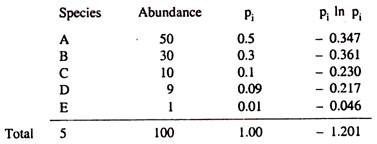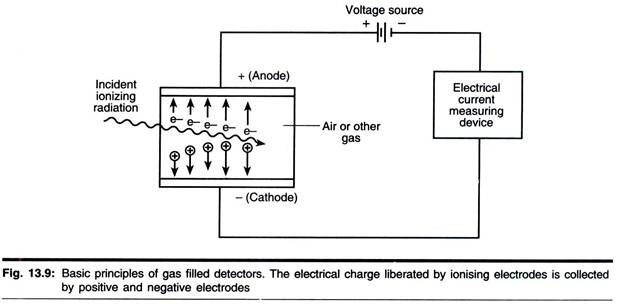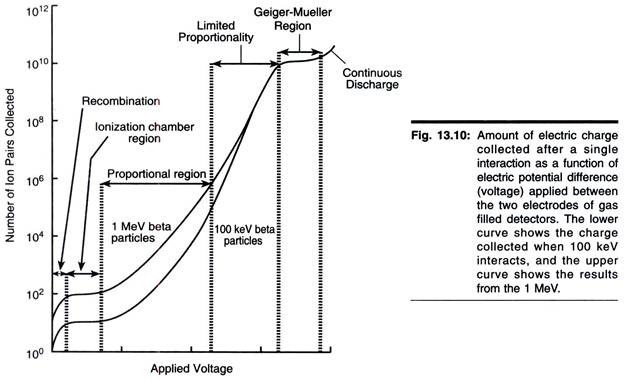ADVERTISEMENTS:
In this article we will discuss about the diagrammatic representation of classes of cartilage in human body.
Diagrammatic Representation of Hyaline Cartilage:
Description:
It is made up of cartilage cells and a clear homogeneous ground substance completely devoid of any fibrous (loose) tissue. (Fig. 1.44)
Hyaline means glass and in fresh condition it appears as a translucent bluish- white mass. The cartilage cell or chondrocytes occupy small empty spaces called lacunae in the matrix. These cells are large with rounded angles and the contiguous surfaces are flattened due to pressure of the adjacent cells.
The nucleus is large and is provided with two or more nucleoli. When the cells are arranged in group of two, four, etc., in a single lacuna it is said to be cell nest. Each group of cells arises from the multiplication of single parent cartilage cell.
The cytoplasm is very rich in glycogen and may contain fat droplets and mitochondria. In electron microscope, the cytoplasm shows large rough-surfaced endoplasmic reticulum, Golgi apparatus with large vacuoles.
The intercellular ground substance surrounding, the cells is laid out in concentric rings and take deeper stain. This deeply staining portion around the cells is called the capsule.
ADVERTISEMENTS:
Matrix:
It is the solid intercellular substance of the cartilage or bone. The matrix of bone is harder than that of the cartilage only for the deposition of calcium salts in the former. In the hyaline cartilage, this intercellular substance matrix is abundant and appears homogeneous in the fresh condition but with ordinary fixation it shows collagen fibres and amorphous intercellular substance. Collagen fibres are seen in these sections under polarizing microscope.
The ground substance is highly basophilic due to presence of chondromucoprotein, a polymer of a muco- protein together with chondroitin-4 sulphate and chondroitin-6-sulpahte. When boiled, cartilage is slowly dissolved and gives rise to cartilage glue—the chondrin containing gelatin, chondromucoproteins and other albuminous substances.
The hyaline cartilage is enclosed by a tough layer of dense connective tissue capsule which is known perichondrium. It consists of loose (fibrous) and dense (chondrogenic) layers with indistinguishable fibrocytes.
Distribution:
It is found in the articular end of the bones (articular cartilage), between the epiphysis and the diaphysis of the growing long bones (epiphyseal cartilage), at the anterior end of the ribs (costal cartilage). The cartilage of the nose, external auditory meatus, larynx, trachea and bronchial tubes also belong to this class.
The costal cartilages are covered by the perichondrium. It serves the same purposes as periosteum of the bones. The nutrition and oxygen to the cartilage are supplied through the blood vessels of the perichondrium. Thicker cartilages are pervaded here and there by fine channels carrying blood vessels.
Diagrammatic Representation of Fibrocartilage:
Description:
This type of cartilage is present where great tensile strength with flexibility and rigidity are required. It is capable of withstanding shearing forces. The cells are large, arranged in groups and placed inside lacunae. Fibrocartilage contains more collagen in its intercellular substance than hyaline cartilage and lacks perichondrium. Between the cell groups, bundles of white fibrous tissue are seen. (Fig. 1.45)
ADVERTISEMENTS:
Distribution:
It is found in the intervertebral discs, the menisci of knee joints, mandibular joints, pubic symphysis, linings of many tendon grooves in bones, in the attachments of some tendons, etc.
Diagrammatic Representation of Elastic Cartilage:
Description:
ADVERTISEMENTS:
It is present in the area where support with flexibility is required. It is yellow in colour and contains many elastic fibres. It differs from hyaline cartilage only for the presence of its enormous elastic fibres in the matrix. The matrix in addition to the elastic fibres contains collagen fibres. (Fig. 1.46)
Distribution:
It is found in the external ear (pinna), Eustachian tube, and epiglottis and in some of the laryngeal cartilages.



